In a recent paper published in the journal Materials, researchers developed a new antibacterial polymer using reversible addition-fragmentation chain transfer (RAFT) polymerization of thiazole moiety attached hydroxyethyl methacrylate (HEMA) monomer to obtain poly (2-hydroxyethyl methacrylate) (PHEMA) and a derivative of vitamin B1.
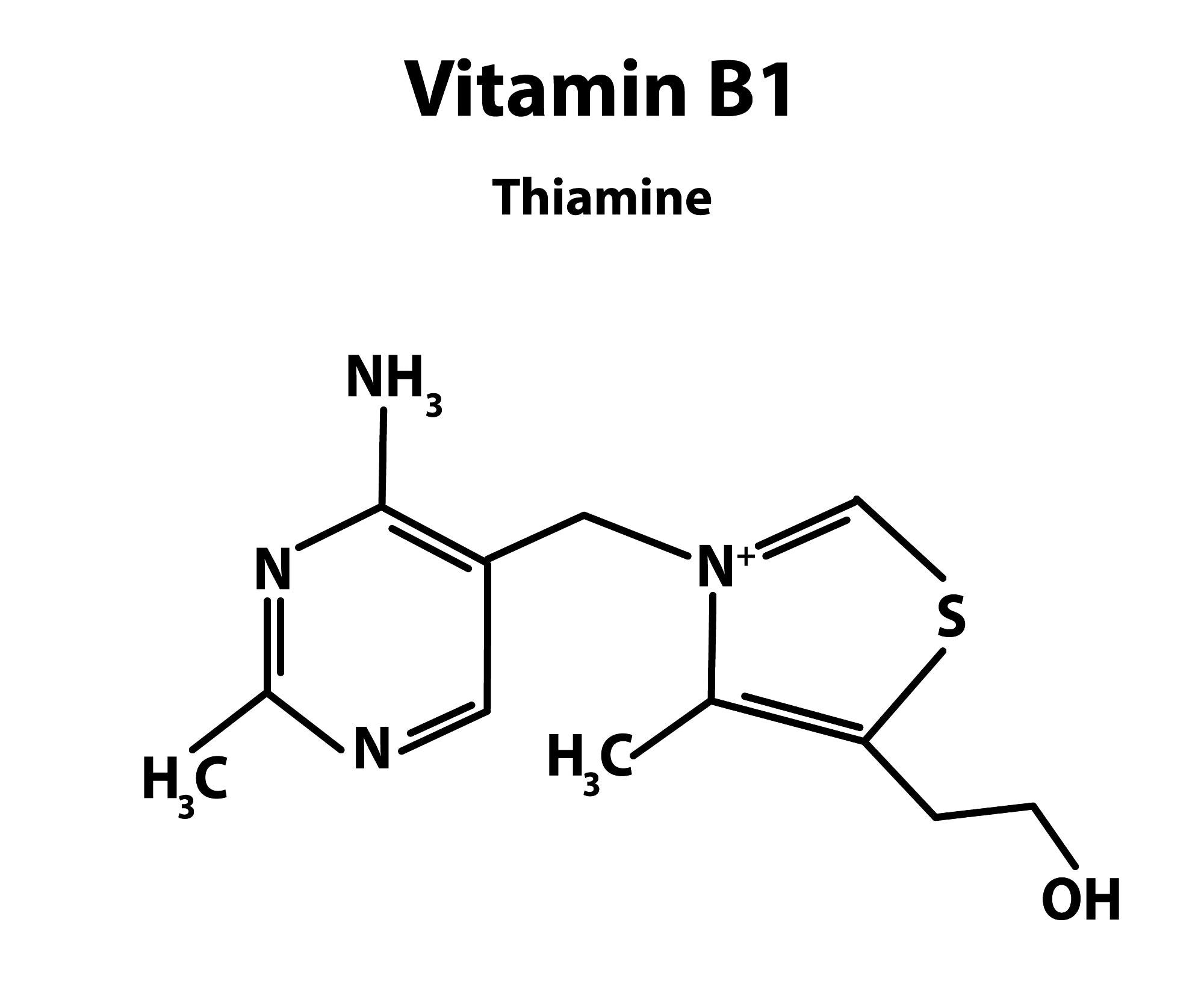
Study: Antibacterial Polymers Based on Poly(2-hydroxyethyl methacrylate) and Thiazolium Groups with Hydrolytically Labile Linkages Leading to Inactive and Low Cytotoxic Compounds. Image Credit: Timonina/Shutterstock.com
The polymer demonstrated enhanced antibacterial response against methicillin-resistant Staphylococcus aureus (MRSA) with a minimum inhibitory concentration (MIC) value of 78 µg mL-1, and a slow degradation rate to achieve an inactive, biocompatible, and negligible cytotoxic thiazolium small molecules.
Importance of Antimicrobial Polymers
Polymers with antimicrobial moieties in their structures are excellent choices for suppressing antibiotic-resistance genes (ARGs). Additionally, synthetic polymers are flexible, versatile, biocompatible, induced-biodegradable, and lightweight, which makes them suitable for applications in food/beverage storage, medical devices, and biomaterials.
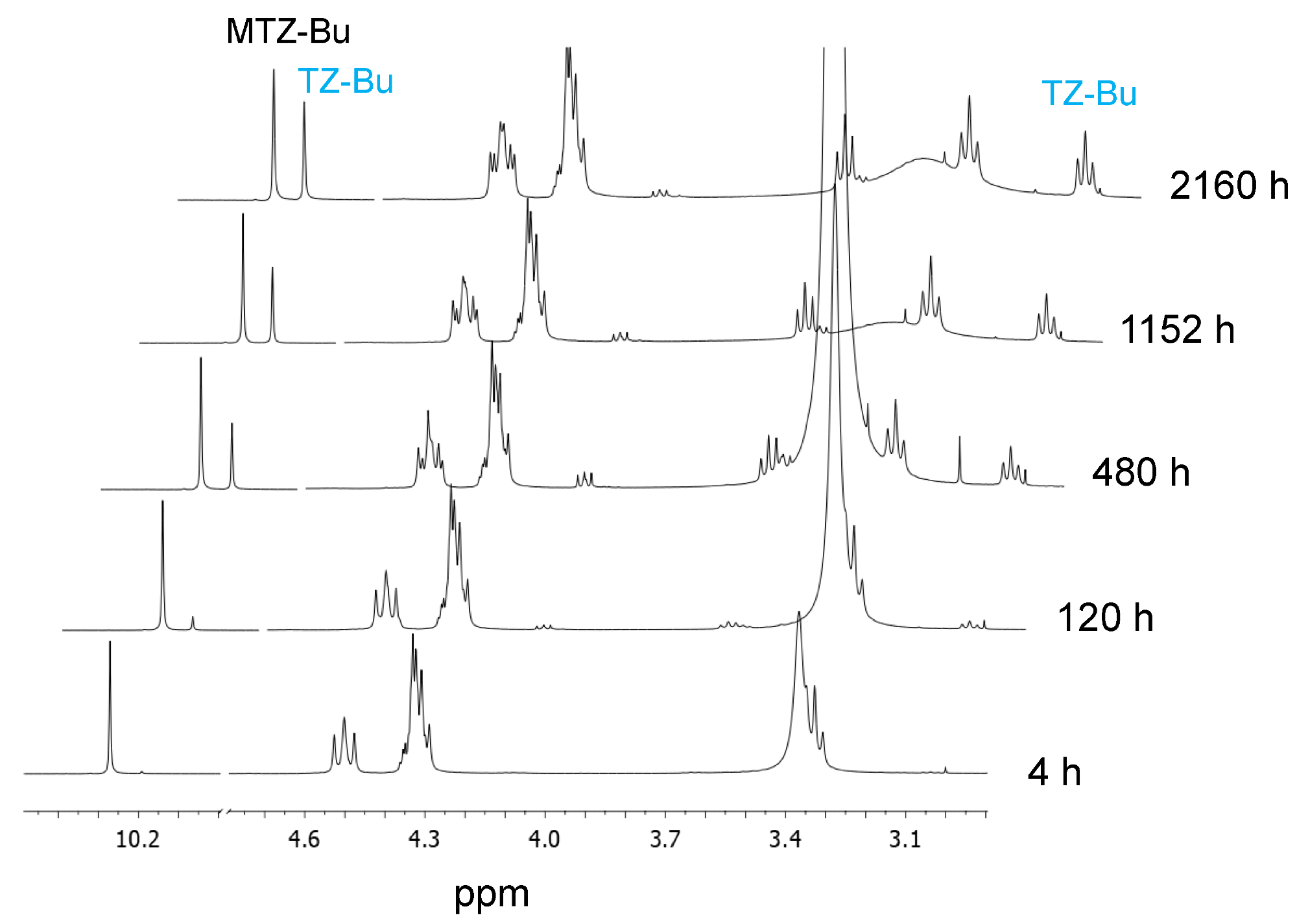
1H-NMR spectra of the MTZ-Bu at different percentages of hydrolysis. Image Credit: Rodríguez, R. et al., Materials
Moreover, due to their excellent absorption capability, they can incorporate therapeutic agents such as antibiotics, nitric oxide, and metal nanoparticles to increase effectivity.
The presence or incorporation of labile chemical linkages such as ester, amide, and carbonate bonds can induce biodegradability in the polymers, e.g. polyesters including polysaccharides, polylactic acid, and polyitaconate derivatives can be chemically altered to incorporate antimicrobial moieties in their structures.
Self-degradable and bio-degradable polymers are desirable to reduce antimicrobial pollution in the environment and minimize side effects in the body after subduing bacterial infection, example.g., imidazolium antimicrobial polymers having pH-dependent degradable links including carbonate, hemiaminal, ester, and urea can degrade at basic pH environment, thus reducing the risk of post-treatment contamination and resistance development.
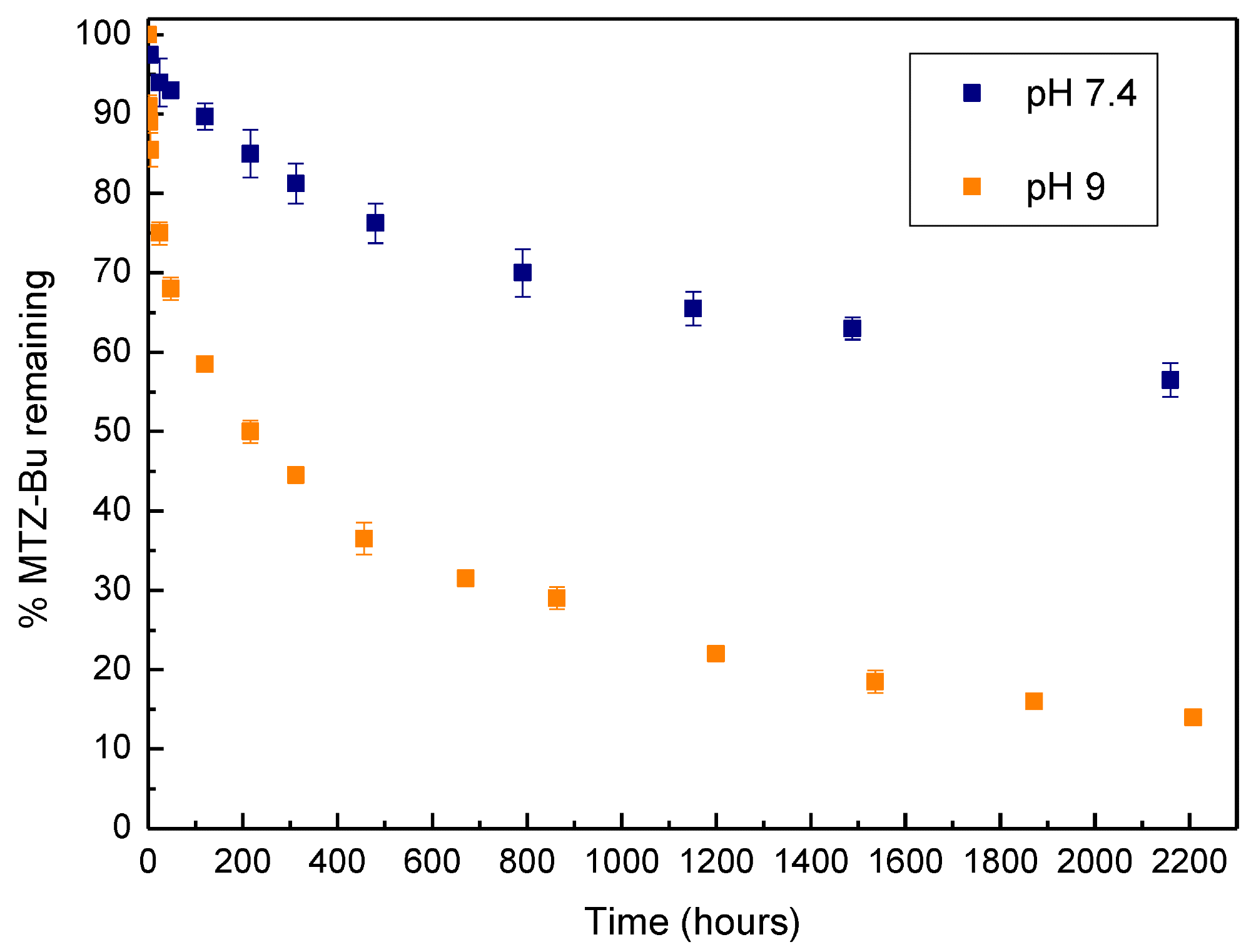
Degradation profile of the monomer MTZ-Bu at pH 7.4 and 9. Image Credit: Rodríguez, R. et al., Materials
About the Study
In this study, researchers prepared antimicrobial polymers based on pH-degradable linkage of hydrolytically labile carbonate ester between widely used biocompatible PHEMA and thiazolium antimicrobial groups, which are derivatives of Vitamin B1.
First, cationic monomer 2-(((2-(4-methylthiazol-5-yl)ethoxy)carbonyl)oxy)ethyl methacrylate (MTZ-Bu) was synthesized by N-alkylation reaction of the thiazol group (5-(2-hydroxyethyl)-4-methyl thiazole) (TZ-Bu) with 1-iodobutane. After that, the prepared MTZ monomer, RAFT agent 2-cyano-2-propyl benzodithioate (CPBD), and the initiator 2,2’-azobisisobutyronitrile (AIBN) were dissolved in dimethylsulfoxide (DMSO) solvent and polymerized to obtain polymerized-MTZ (PMTZ). Finally, the cationic polymer PMTZ-Bu was synthesized by N-alkylation of PMTZ with 1-iodobutane in anhydrous N, N-dimethylformamide (DMF) solvent.
The cationic polymer PMTZ-Bu degrades into inactive biocompatible TZ-Bu based on pH in the body. MICs of both PMTZ-Bu and Tz-Bu were tested visually using a standard broth dilution method. Furthermore, hemolysis studies were carried out to evaluate the cytotoxicity of PMTZ-Bu.
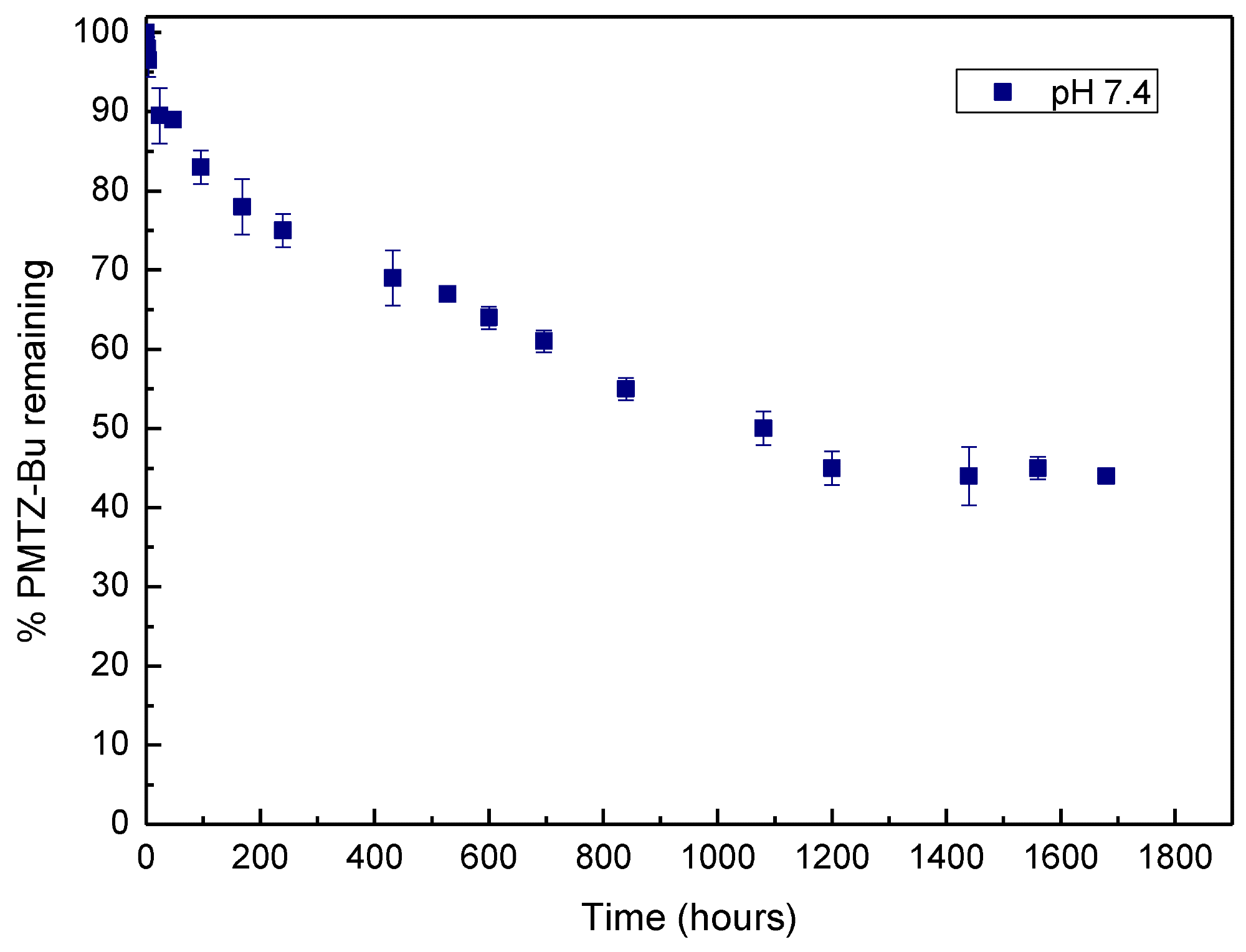
Degradation profile of the antibacterial polymer PMTZ-Bu at pH 7.4. Image Credit: Rodríguez, R. et al., Materials
Observations
The RAFT-controlled polymerization of MTZ monomer to achieve PMTZ showed a high conversion rate of 94%. The size-exclusion chromatography (SEC) data showed a molecular weight of 12,900 and a polydispersity index of 1.15, indicating a good control over the polymerization reaction.
The 1H nuclear magnetic resonance (NMR) spectra obtained during the hydrolysis reaction, indicated the reduction in the intensity of the signals associated with the thiazolium moieties attached to the polymers, and the simultaneous appearance of the signals of the degradation products.
Moreover, the rate of hydrolysis of cationic polymer PMTZ-Bu was similar but slightly faster than cationic monomer MTZ-Bu. Therefore, the cationic polymer was able to maintain its antibacterial characteristics at physiological conditions for a relatively long time before its degradation.
The in vitro antimicrobial responses of the cationic polymer PMTZ-Bu and its degradation product TZ-Bu were evaluated against S. aureus resistant to methicillin and oxacillin. The polymer showed very good inhibitory activity against the resistant bacteria with a MIC value of 78 µg mL-1 and the hydrolysis of the carbonate link led to an inactive TZ-Bu with a MIC value of 1250 µg mL-1, which is over 16 times the concentration of its polymeric precursors.
The hemolytic activity of PMTZ-Bu tested with human red blood cells showed more than 50% of hemoglobin leakage from RBCs at a concentration above 625 µg mL-1(HC50), which is 8 times lesser than the selectivity value for bacterial cells. This value is comparable with other antimicrobial compounds, which are derivatives of the natural host-defense peptide magainin such as MSI-78 with a selectivity of -16 for MRSA.
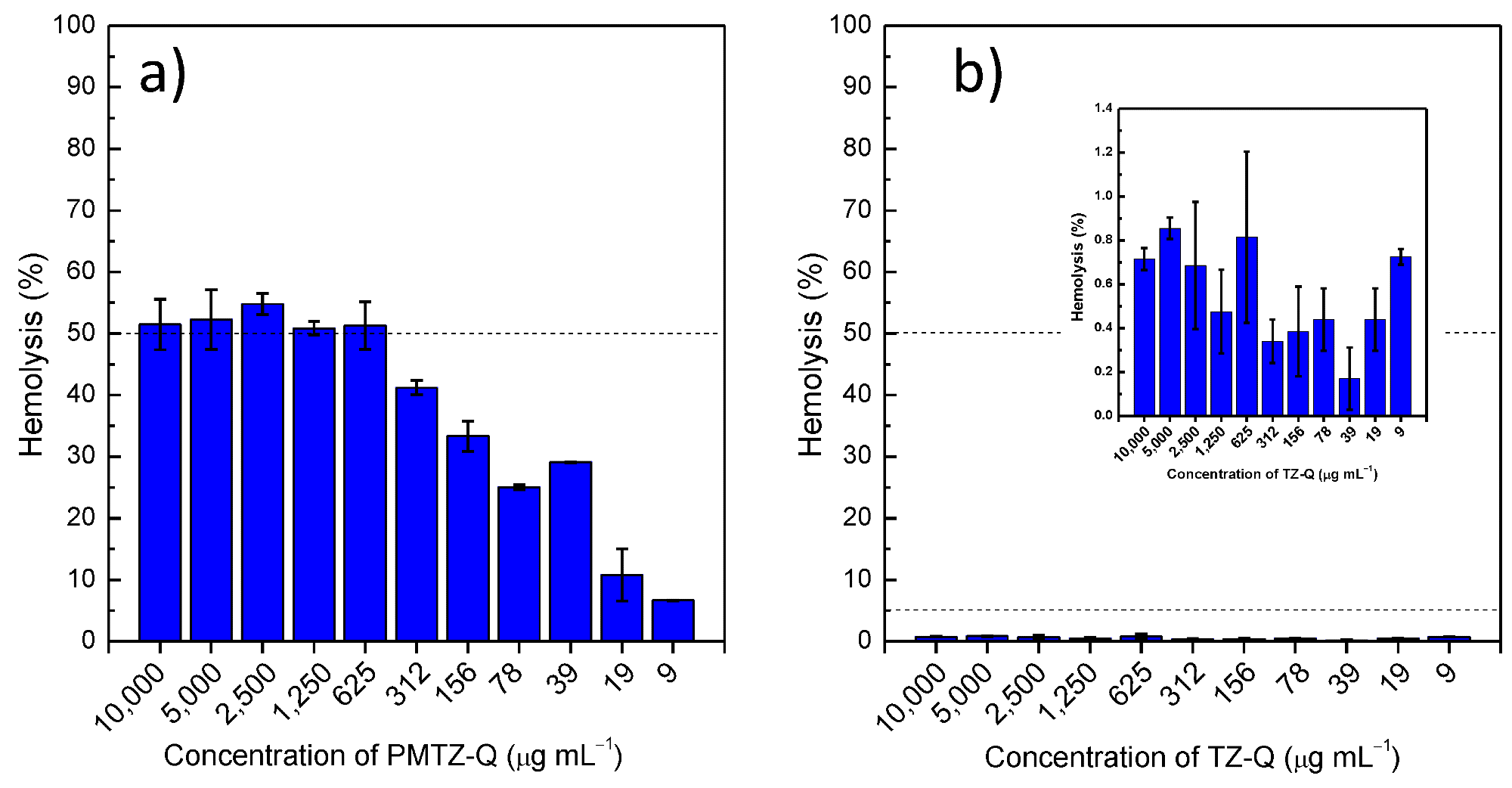
Hemolysis assays for (a) the cationic antibacterial polymer PMTZ-Bu and (b) for its degradation product TZ-Bu (inset, a magnification of the graph). Image Credit: Rodríguez, R. et al., Materials
Conclusions
The researchers developed a cationic antibacterial polymer PMTZ-Bu using RAFT polymerization of widely used biocompatible PHEMA monomer and Vitamin B1 derivative antimicrobial thiazolium groups.
The polymer demonstrated excellent antimicrobial response against resistant strain MRSA and relativity good hemotoxicity with an HC50 value of 625 µg mL-1, which was comparable to natural defense peptide magainin.
Moreover, the sustained and faster hydrolysis of carbonate linkages at a basic pH environment ensured low cytotoxicity and post-treatment contamination and resistance development. Hence, PMTZ-Bu is a promising antibiotic-resistance suppressing antibiotic polymer in biomedical applications.
Reference
Rodríguez, R., Fabal, F., Bonilla, A., García, M., Antibacterial Polymers Based on Poly(2-hydroxyethyl methacrylate) and Thiazolium Groups with Hydrolytically Labile Linkages Leading to Inactive and Low Cytotoxic Compounds. Materials 2021, 14, 7477. https://www.mdpi.com/1996-1944/14/23/7477/htm
Disclaimer: The views expressed here are those of the author expressed in their private capacity and do not necessarily represent the views of AZoM.com Limited T/A AZoNetwork the owner and operator of this website. This disclaimer forms part of the Terms and conditions of use of this website.